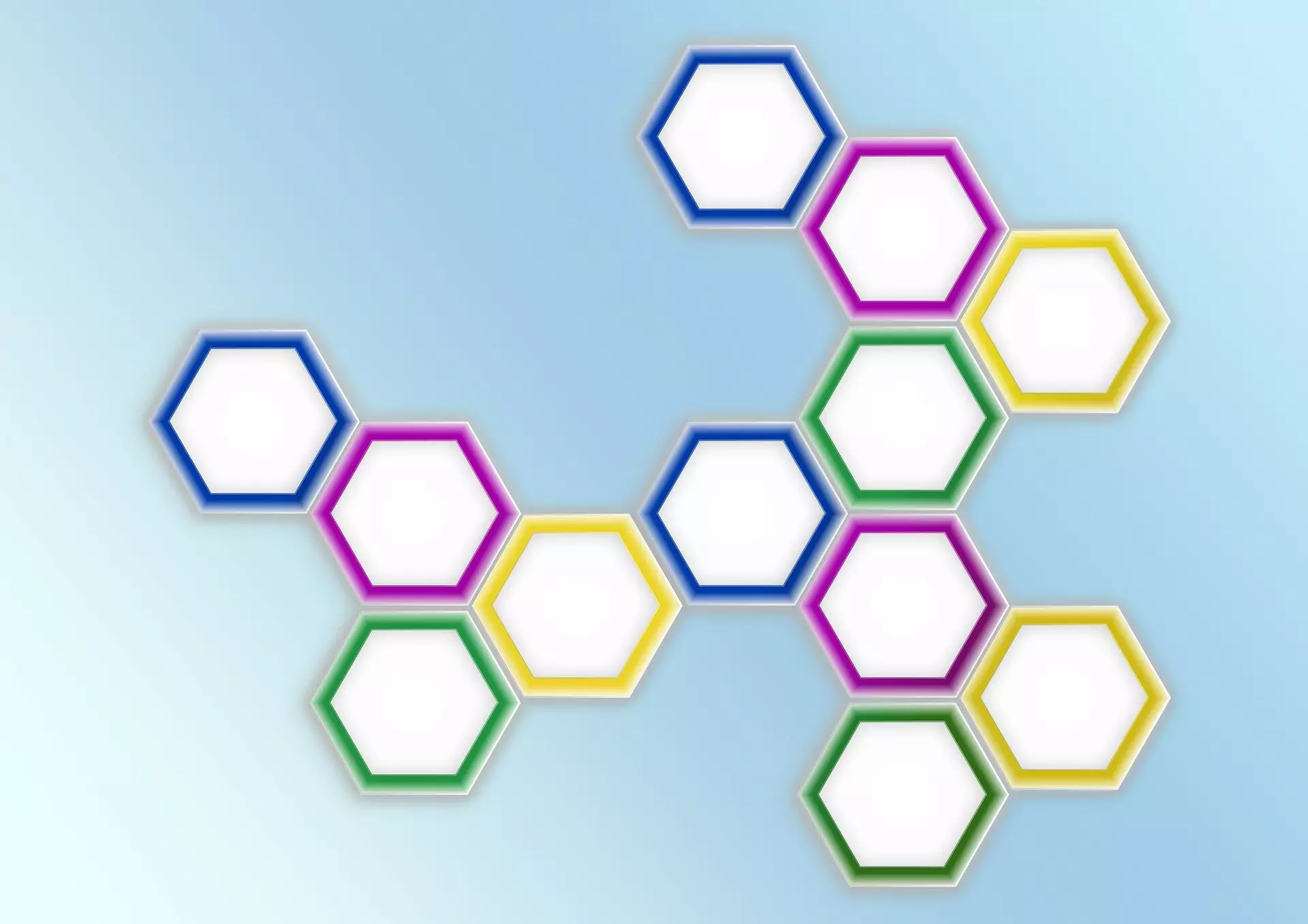Scientists from Radboud University have created synthetic molecules that mimic the behavior of real organic molecules. A team of researchers led by Alex Khajetoorians and Daniel Wegner have developed the ability to simulate the behavior of real molecules by using artificial molecules. This breakthrough allows properties of molecules to be tweaked in ways that were previously difficult or unrealistic, and provides researchers with a better understanding of how molecules change. The team’s research has been published in the journal Science.
Electrons used to trap real molecules to create artificial ones
Emil Sierda, who led the experiments at Radboud University, explained that the research was initially conceived as a way to build a quantum simulator. The team created a system in which electrons could be trapped, which would surround a molecule like a cloud. These trapped electrons were then used to build an artificial molecule. The results of the research were “astonishing” and the resemblance between the artificial and real molecules was “uncanny”, according to Sierda.
Khajetoorians, who heads up the Scanning Probe Microscopy department at the Institute for Molecules and Materials of Radboud University, commented that “making molecules is difficult enough. What is often harder, is to understand how certain molecules react, for example how they change when they are twisted or altered.” Understanding how molecules change and react is the basis of chemistry and leads to chemical reactions, such as the formation of water from hydrogen and oxygen.
New technique to understand molecules and their reactions in every scientific field
The new technique has endless possibilities, according to Daniel Wegner, assistant professor within the Scanning Probe Microscopy department. “We have only begun to imagine what we can use this for. We have so many ideas that it is hard to decide where to start.” The simulator allows scientists to better understand molecules and their reactions, which will benefit every scientific field.
In addition, the simulator has created an artificial version of benzene, one of the basic organic molecules in chemistry. Benzene is the first component for a number of chemicals, including styrene, which is used to make polystyrene. “By making benzene, we simulated a textbook organic molecule, and built a molecule that is made up of elements that are not organic,” said Khajetoorians. Furthermore, the synthetic molecules are 10 times bigger than their real counterparts, making them easier to work with.
In the future, the possibilities for this new technique are endless. Wegner said, “New materials for future computer hardware are really hard to make, for instance. By making a simulated version, we can look for the novel properties and functionalities of certain molecules and evaluate whether it will be worth making the real material.” The ability to simulate molecules could help researchers understand chemical reactions step by step or even make artificial single-molecule electronic devices, like shrinking the size of a transistor on a computer chip. Quantum simulators may even be able to perform as quantum computers. While a long way off, Sierda said, “For now we can start by beginning to understand molecules in a way we never understood before.”


Leave a Reply